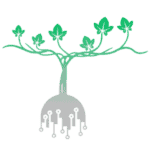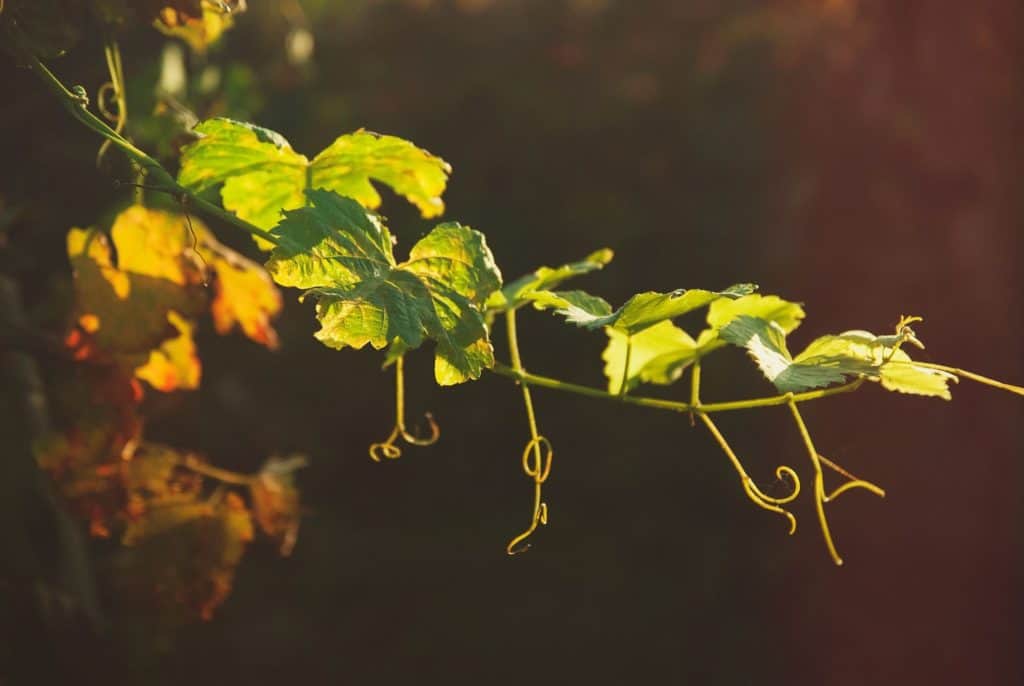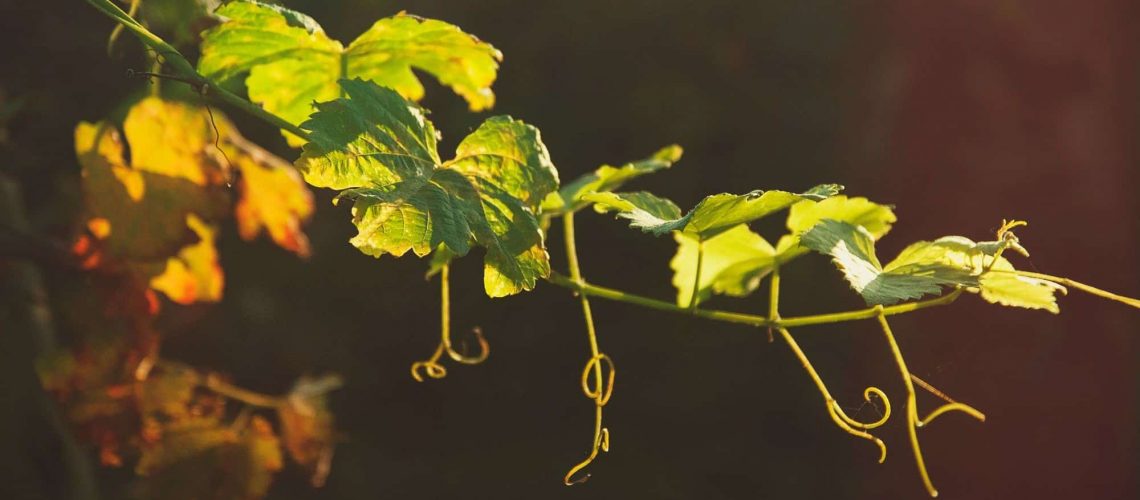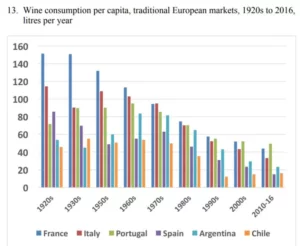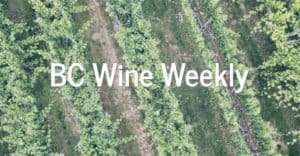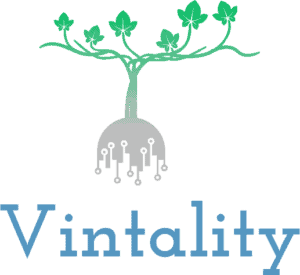There are problems with plant tissue sampling.
The big issue: nutrient concentration is not consistent across the petiole, is not consistent between nodes, and is not consistent between cultivars.
For example, the middle segment of petioles consistently had the lowest segment of nutrients – other than manganese which had the highest. Perhaps because of the role manganese plays in photosynthesis?
The practical effect is that if you are not sampling the entire petiole you will get inconsistent results.
The same is true of sampling at different node positions.
Further, should you sample the petiole or the leaf blade? Results are mixed. For example, one recent study of Pinot Noir found the leaf blade most effective for accurately diagnosing NPK status.
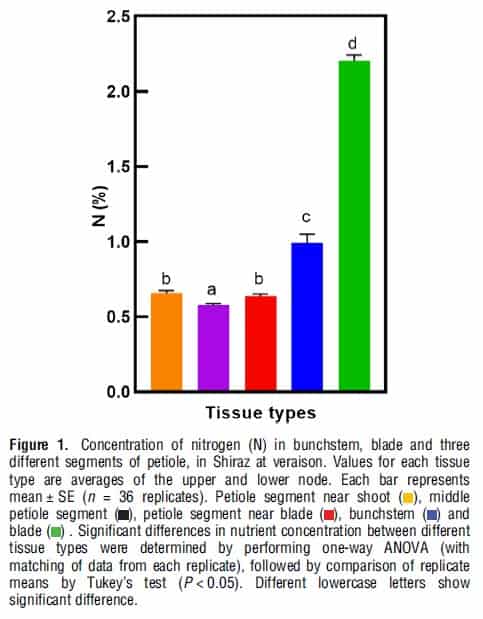
And there’s another issue – the leaf blade frequently does not correlate with the petiole. Nutrient concentrations vary in the blade and petiole depending on the nutrient and time of year.
So: you cannot compare leaf blade and petiole data.
As well, different varietals have different nutrient levels. For example, in Cabernet Sauvignon nutrients were higher at veraison than flowering but Chardonnay was the opposite. Further, should you sample the petiole or the leaf blade? Results are mixed. For example, one recent study of Pinot Noir found the leaf blade most effective for accurately diagnosing NPK status. And there’s another issue – the leaf blade frequently does not correlate with the petiole. Nutrient concentrations vary in the blade and petiole depending on the nutrient and time of year.
So: you cannot compare leaf blade and petiole data.
As well, different varietals have different nutrient levels. For example, in Cabernet Sauvignon nutrients were higher at veraison than flowering but Chardonnay was the opposite.
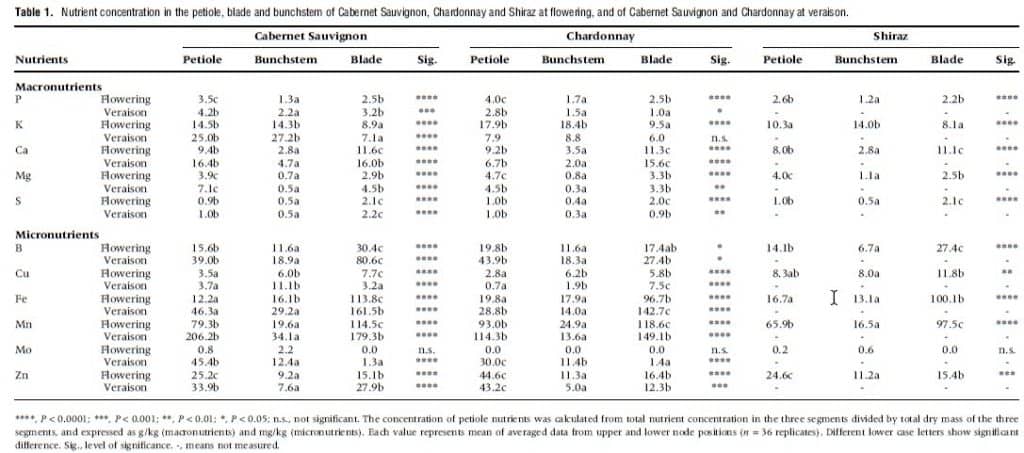
Also of interest: the bunchstem may be a superior tissue to test. It correlated well with the petiole generally and, like the petiole, is a transport pathway for nutrients (over the blade which is more of a sink).
There are problems with sampling the bunchstem – there are no current standards and it will not work for low-yield vineyards. But watch for it as it may provide useful information on reproductive growth and may be more consistent than petioles or leaves.
Actionable Takeaways:
- When sampling the petiole, make sure to capture the entire petiole.
- Be very wary of comparing petiole and leaf blade data.
- Sample from the same node position each time or a constant combination of the two basal bunch nodes.
- Factor in that different cultivars will have different nutrient levels and these will change at different rates throughout the season.
- Begin tracking your historical plant tissue data.
It’s not covered in the paper but #5 is my personal recommendation. Generalised plant tissue “ranges” are worth little more than the paper they’re printed on. But by tracking your own historical plant tissue data you can build a local database that will be worth 10x more than those Californian ranges.
I’ll also add that there are a lot of problems with plant tissue testing beyond this research. They are a useful tool, but a very limited one. I’m hopeful new methods, such as sap analysis, will be robust enough to give us much better information.
There’s much more I didn’t cover. You can find the research paper here.
P.S. If you don’t normally access academic papers (ie. through your former uni), email me at [email protected] and I’ll pass it on. It can be an annoying process to sign up for..
